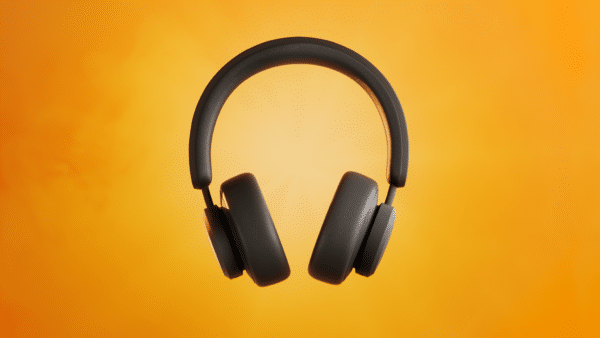Exeger, a Swedish company developing dye-sensitized solar cells for integration into devices such as headphones and tablet computers, has announced it has secured $20 million in debt financing from Swedbank and the Swedish Export Credit Corporation, and another $18 million through a share issuance to Swedish investment firm Ilija Batljan Invest AB.
“Exeger is at the beginning of its commercial breakthrough and now builds a second factory in Sweden, in order to ramp up production and bring its solar cell technology to consumers all around the world,” the company said in a statement, adding that the manufacturing facility will be located in Stockholm.
The company is currently producing its Powerfoyle products with a pilot line located at the Royal Institute of Technology (KTH). “Exeger has applied for, and expects to obtain, permits from the relevant authorities before the end of the year,” the manufacturer said, referring to the new factory.
Swiss conglomerate ABB will provide the production equipment for the facility, which will make extensive use of automation, internet-of-things applications and machine learning, as well as robotics.
Exeger also announced, last month, that its cells were used in €199 solar headphones developed by Stockholm-based start-up Urbanista. “The Powerfoyle is located on top of the headband,” a company spokesperson told pv magazine.
The Urbanista Los Angeles headphones are equipped with Exeger's solar cells.The two companies claim that an hour on a sunny day is sufficient for the headphones to generate three hours of play time. “The headphones even charge in ambient light; wearing them indoors in a well-lit room or office will keep the headphones charging,” the spokesperson further explained.

Image: Exeger
Compared to conventional dye-sensitized solar cells, that use a transparent conductive oxide (TCO) layer which is not very conductive, Exeger's cells are relying on its proprietary material. “Our conductive layer is 1,000 times more conductive than what is normally used,” CEO Giovanni Fili told pv magazine in 2019. “That ensures higher conversion efficiency, ensuring the dye-sensitized-inspired device is commercially viable.”
Exeger's modification of the conductive layer is claimed to allow it to make bigger structural modifications to the material design. Exeger’s device can be integrated into products including Bluetooth speakers and tablet computers, substantially reducing the need for battery power.
Japan’s Softbank Group invested $20 million in Exeger across two funding rounds.
This content is protected by copyright and may not be reused. If you want to cooperate with us and would like to reuse some of our content, please contact: editors@pv-magazine.com.




1 comment
By submitting this form you agree to pv magazine using your data for the purposes of publishing your comment.
Your personal data will only be disclosed or otherwise transmitted to third parties for the purposes of spam filtering or if this is necessary for technical maintenance of the website. Any other transfer to third parties will not take place unless this is justified on the basis of applicable data protection regulations or if pv magazine is legally obliged to do so.
You may revoke this consent at any time with effect for the future, in which case your personal data will be deleted immediately. Otherwise, your data will be deleted if pv magazine has processed your request or the purpose of data storage is fulfilled.
Further information on data privacy can be found in our Data Protection Policy.